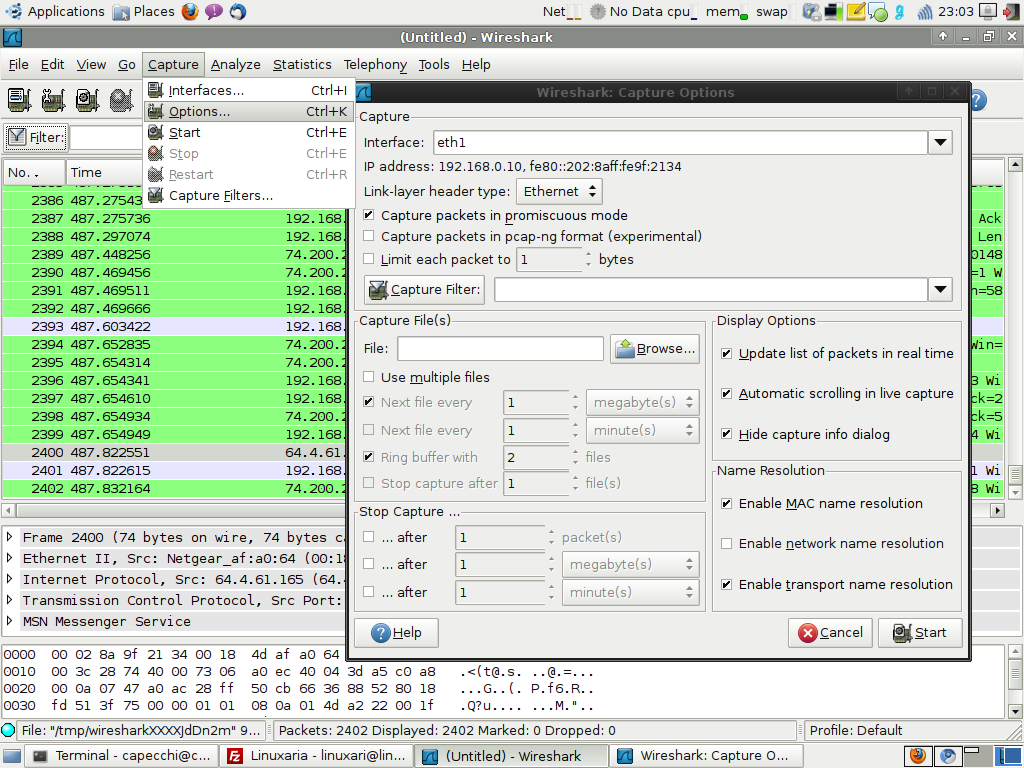


Capture video traffic: Use a capture filter like tcp port 1935 (for RTMP) or tcp port 80,443 (for HTTP/S streaming).Use Wireshark to identify potential issues with QoS configuration. In a network with video streaming, ensuring smooth playback requires proper QoS settings. Analyze QoS settings: Sort and filter the captured packets based on the QoS columns to verify that voice traffic is prioritized correctly.Ĭase Study 2: Troubleshooting QoS in a Video Streaming Application.Add QoS columns: In Wireshark, add custom columns for ToS and 802.1Q priority fields by right-clicking on the respective fields in the packet details pane and selecting "Apply as Column.".VoIP traffic should have a high priority value (e.g., 5 for ToS and 6 for 802.1Q). Identify QoS fields: Examine the ToS field in the IP header and the 802.1Q priority field in the Ethernet header.Capture VoIP traffic: Start by capturing VoIP traffic using a capture filter like udp portrange 10000-20000.Using Wireshark, we can analyze the QoS settings applied to VoIP packets. In a Voice over IP (VoIP) network, it's essential to prioritize voice traffic to ensure call quality. Case Study 1: Analyzing QoS in a VoIP Network In this article, we'll dive into three case studies using Wireshark to analyze QoS at both Layer 2 (802.1Q) and Layer 3 (ToS/DSCP). Quality of Service (QoS) is crucial for managing and prioritizing network traffic, ensuring that critical applications and services receive the necessary resources.


 0 kommentar(er)
0 kommentar(er)
